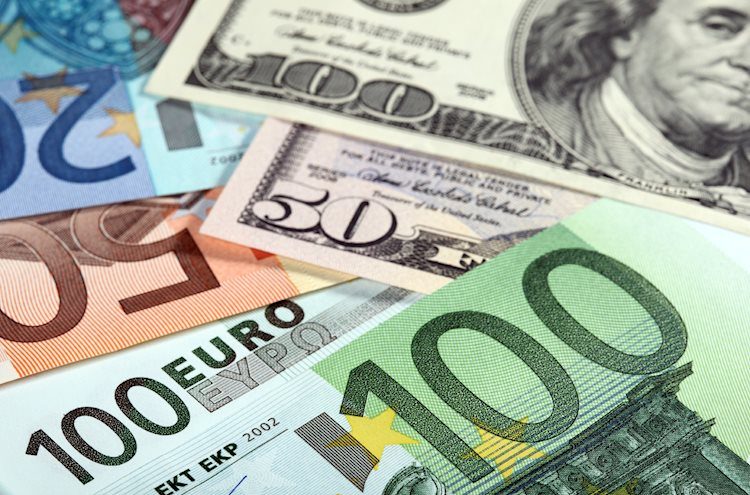EUR/USD remains steady around the 1.0800 level as investors await key economic data from the Eurozone and the US that could impact the pair’s volatility. In Europe, the focus is on inflation data, with Germany expected to show an increase in the Harmonized Index of Consumer Prices (HICP) to 2.1% from 1.8% in September. The expected data is unlikely to have a significant impact on the European Central Bank’s (ECB) interest rate decision, as policymakers are concerned about inflation remaining lower due to weakening economic growth.
The uncertainty surrounding the US presidential election continues to weigh on market sentiment, with traders factoring in the impact of a potential victory by former President Donald Trump. Trump’s promise of imposing a 10% tariff on all imports, except from China, could significantly affect the Eurozone’s export sector. Investment banking firm Goldman Sachs has projected a 1% decline in the Eurozone’s GDP if the tariffs are implemented.
Investors are also closely monitoring the flash Q3 GDP data of the Eurozone, with attention on Germany’s growth numbers as the region’s largest economy is expected to contract for a second consecutive quarter. On the other hand, the preliminary French Q3 GDP grew by 0.4%, in line with expectations. The impact of the data releases on the Euro’s movement will be closely watched by market participants.
The US Dollar (USD) rally appears to have stalled after weak JOLTS Job Openings data for September, which indicated a slowdown in labor market demand. The US Dollar Index (DXY) dropped to near 104.20, with expectations of a 25 basis point cut in interest rates by the Federal Reserve in upcoming policy meetings. Focus will also be on the ADP Employment Change and the flash US Q3 GDP data for further interest rate cues.
In terms of technical analysis, EUR/USD is consolidating around 1.0800 with a bearish outlook as it remains below the 200-day EMA. The RSI remains in a bearish range, pointing to further downside potential. Key levels to watch include 1.0750 as support and 1.0900 and 1.1000 as resistance levels.
The Euro is the currency of the 19 European Union countries in the Eurozone and is the second most traded currency in the world after the US Dollar. The European Central Bank (ECB) in Frankfurt manages monetary policy and sets interest rates to maintain price stability. Data releases such as inflation, GDP, and trade balance, among others, impact the Euro’s movement in the forex market. Strong economic data is positive for the Euro, while weak data can lead to a decline in the currency’s value.
Overall, the EUR/USD pair remains at a critical juncture as investors await key economic data releases from both regions that could sway market sentiment. The impact of the US presidential election outcome and ongoing uncertainties surrounding trade policies could further influence the pair’s direction. Traders will continue to closely monitor economic indicators and central bank decisions for further cues on the Euro’s movement against the US Dollar.









